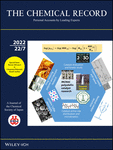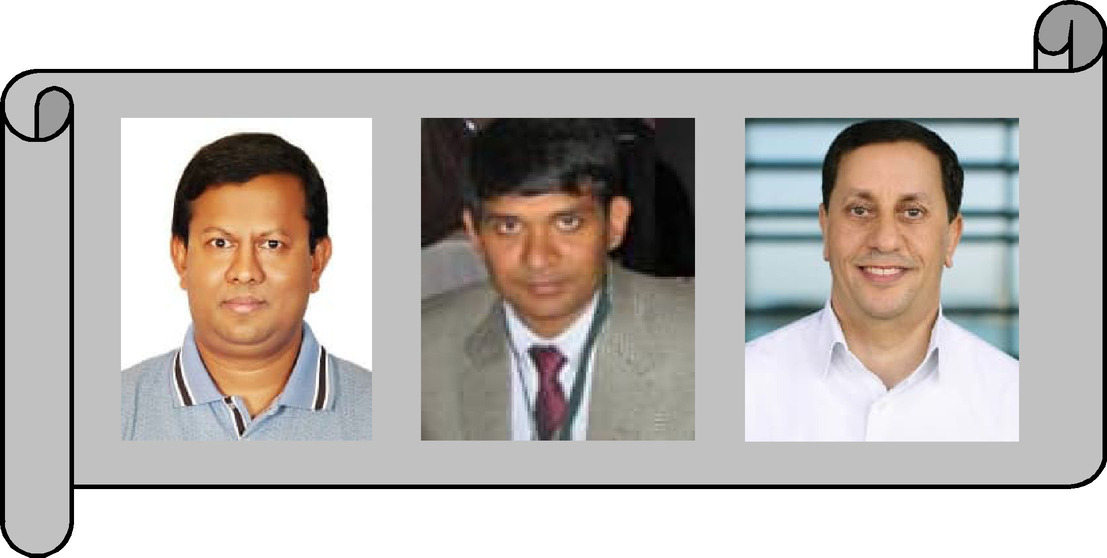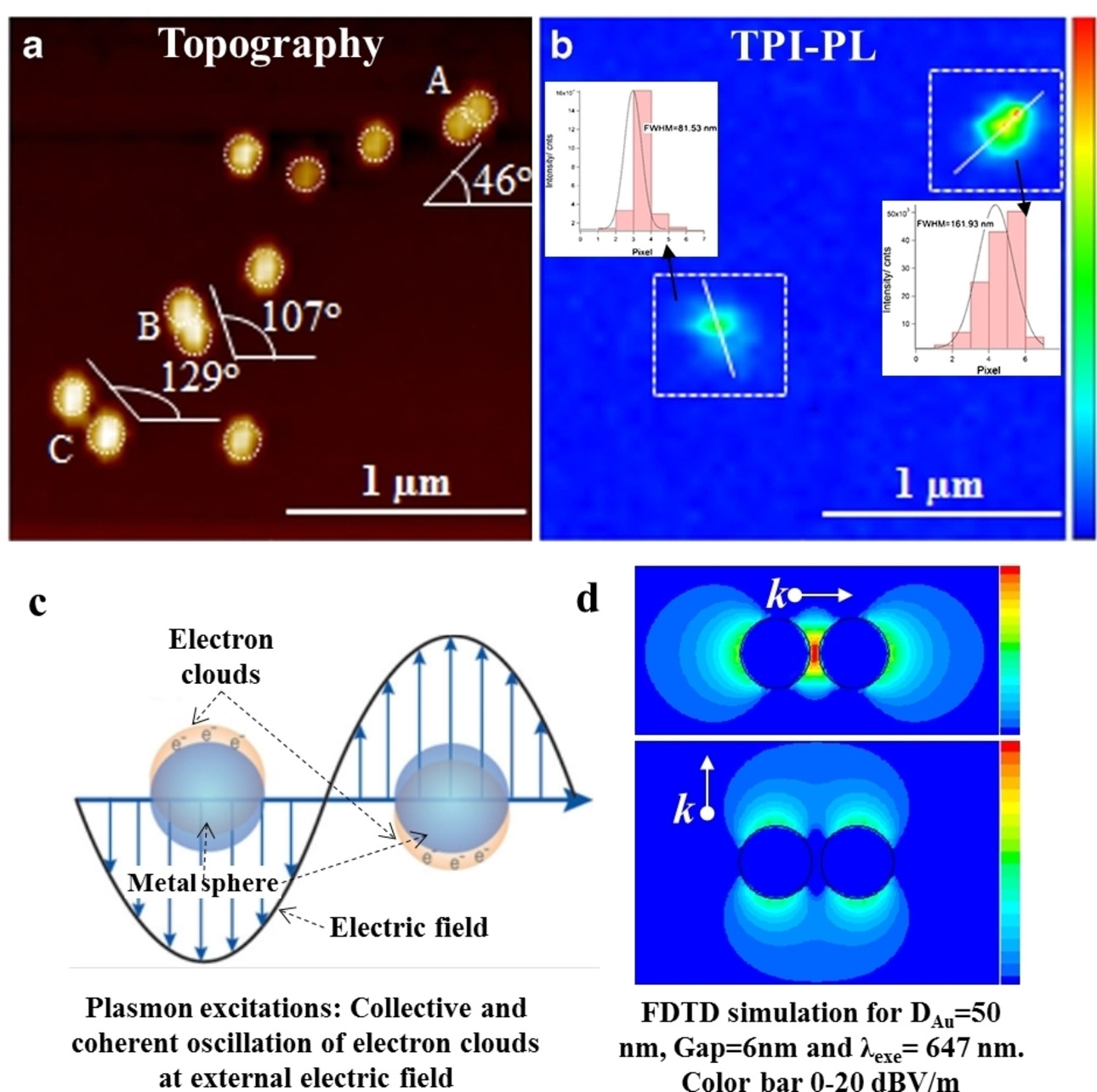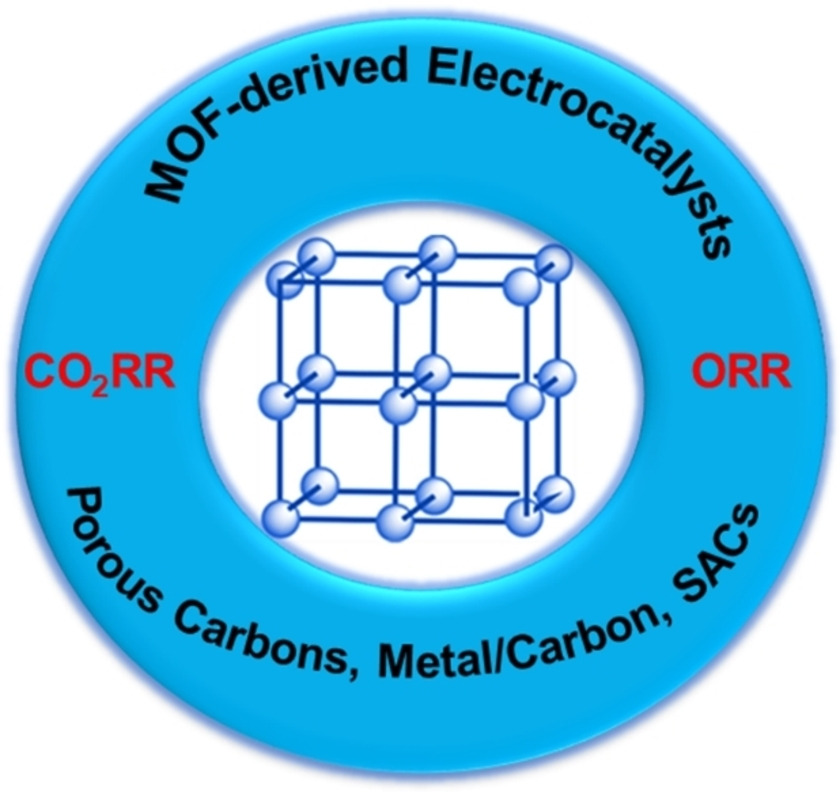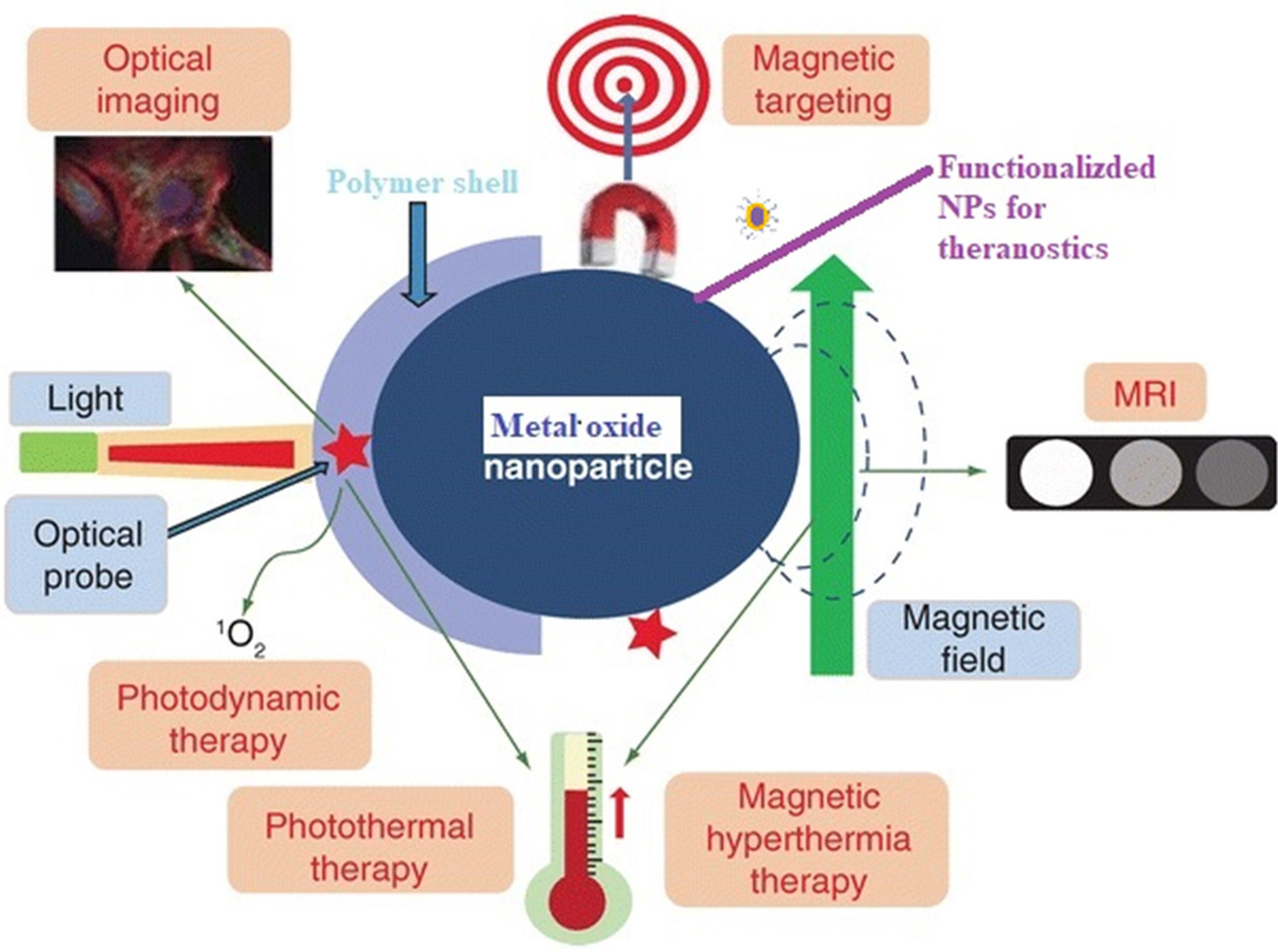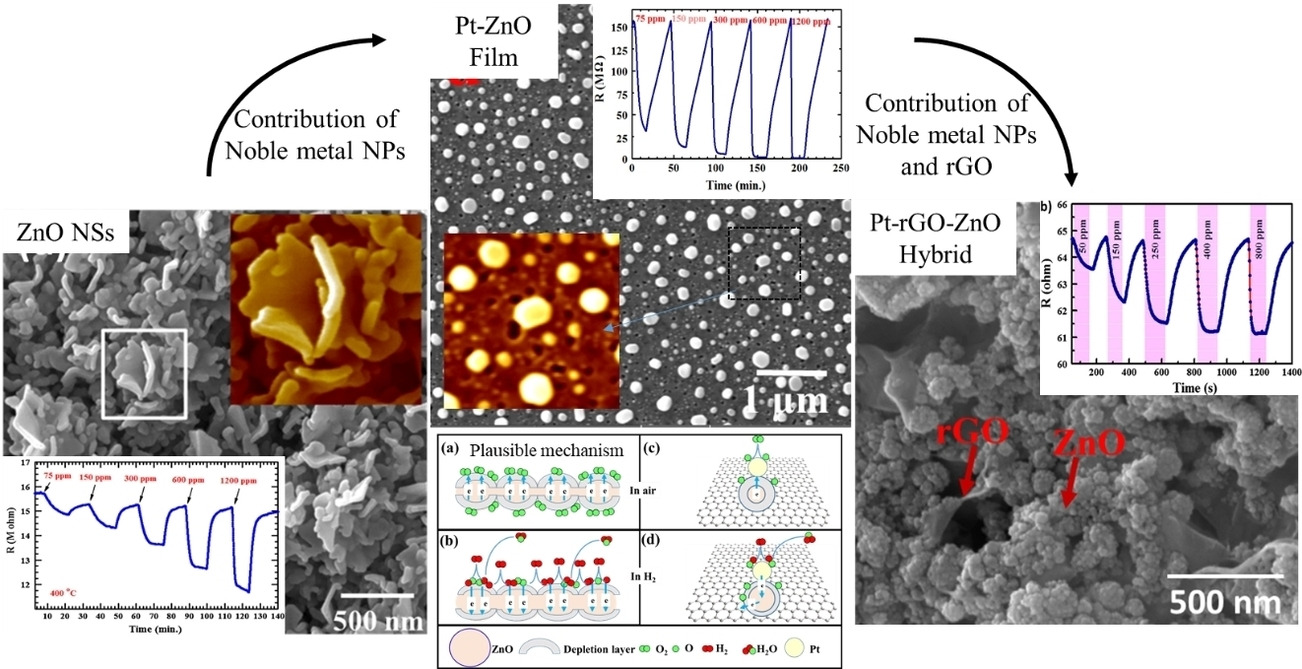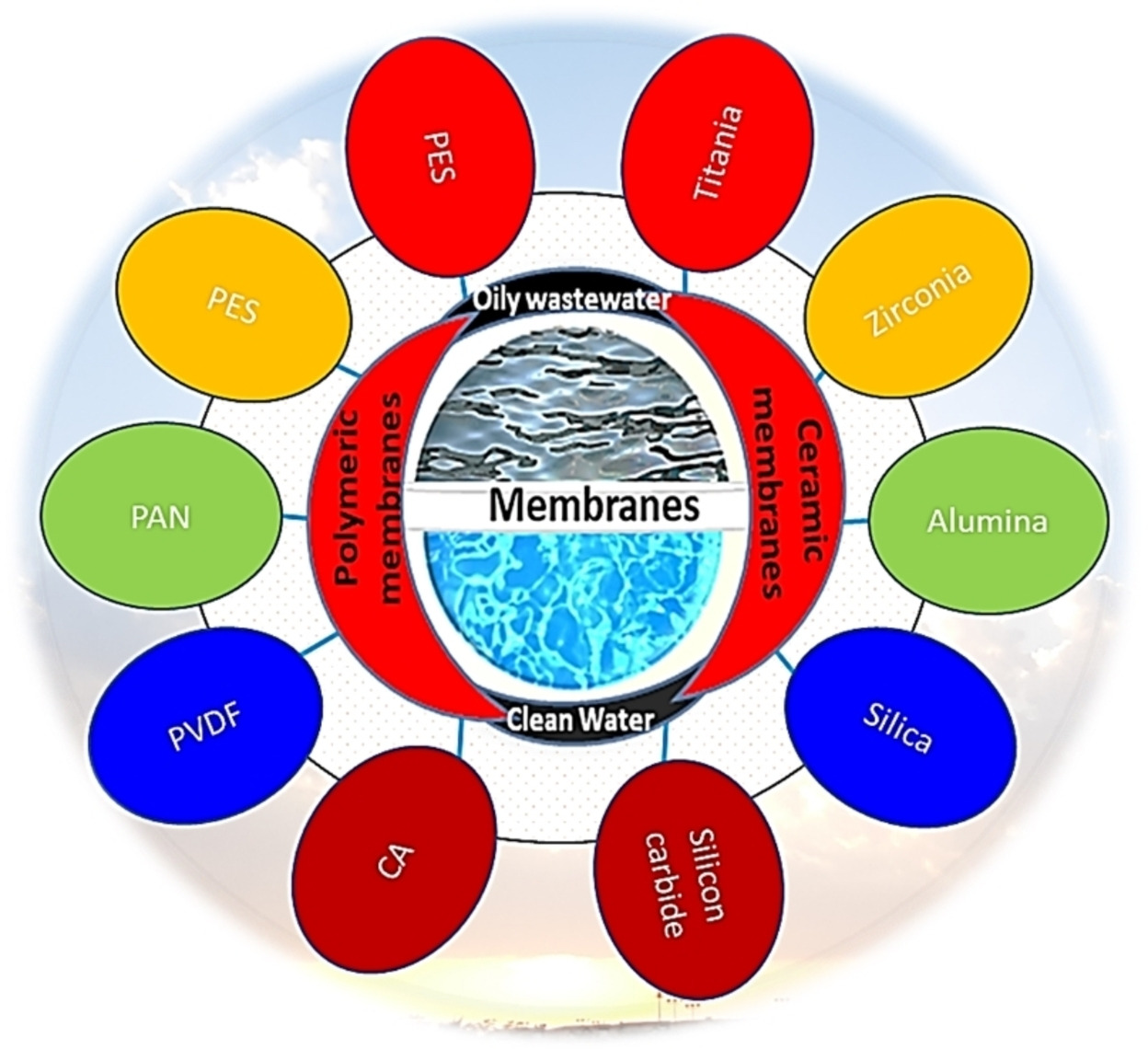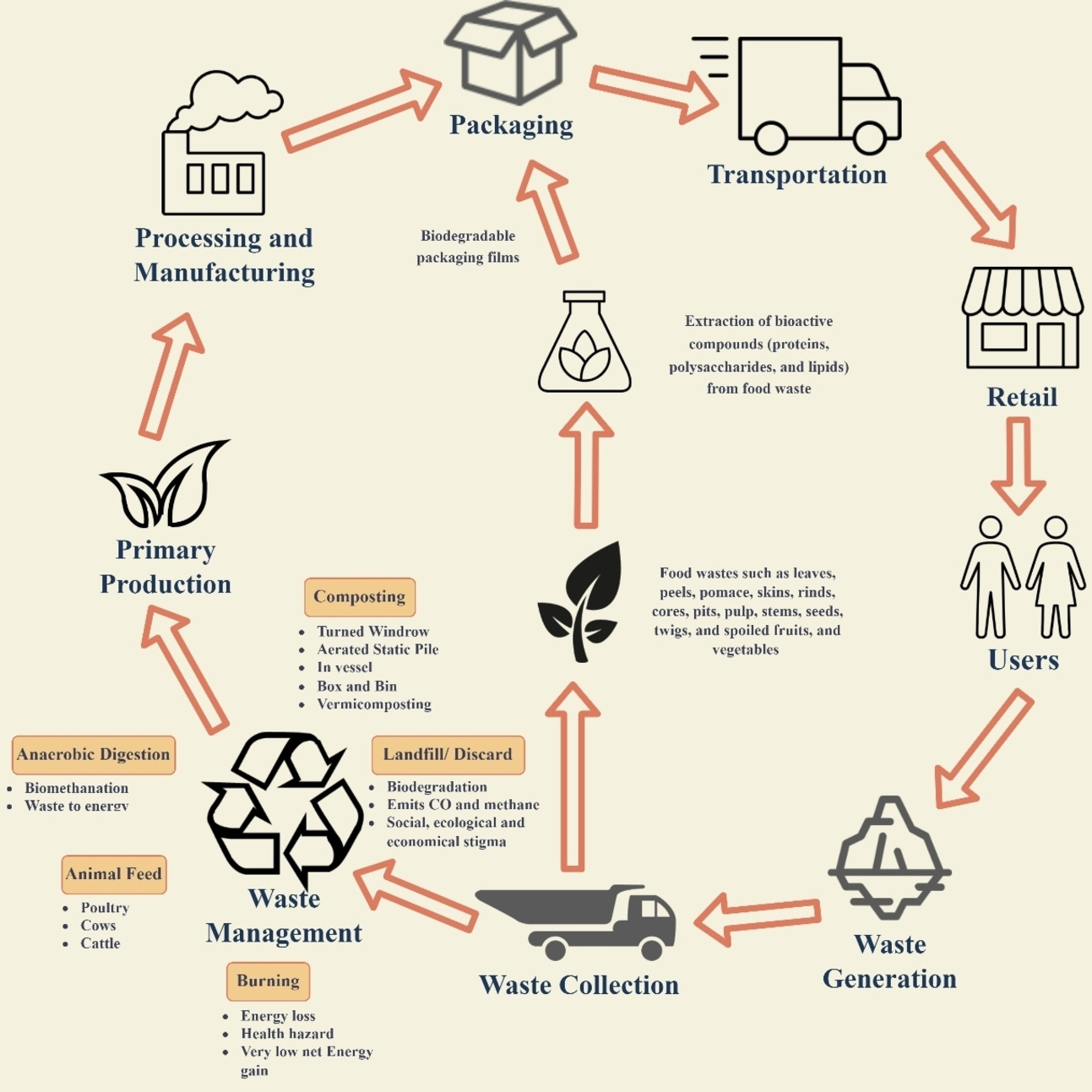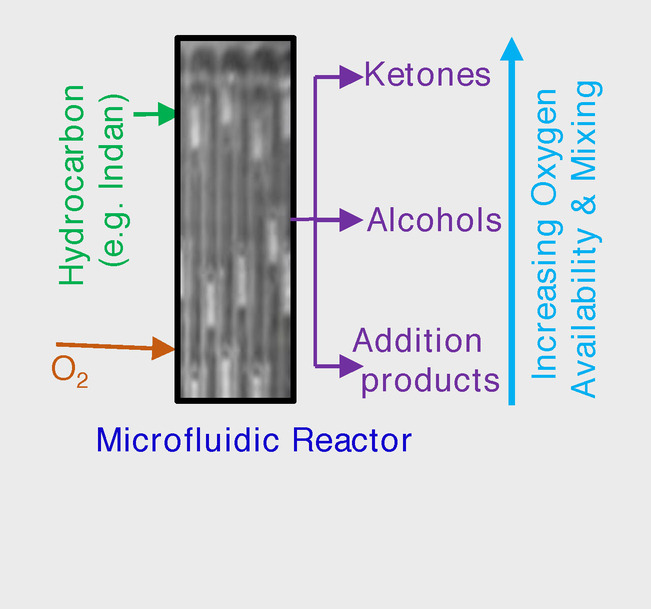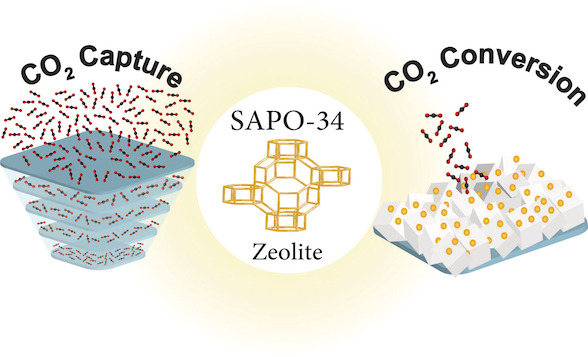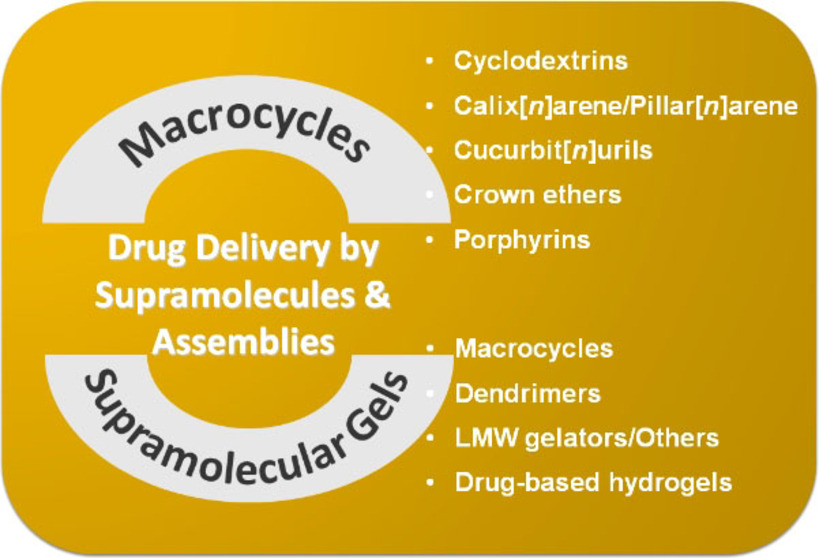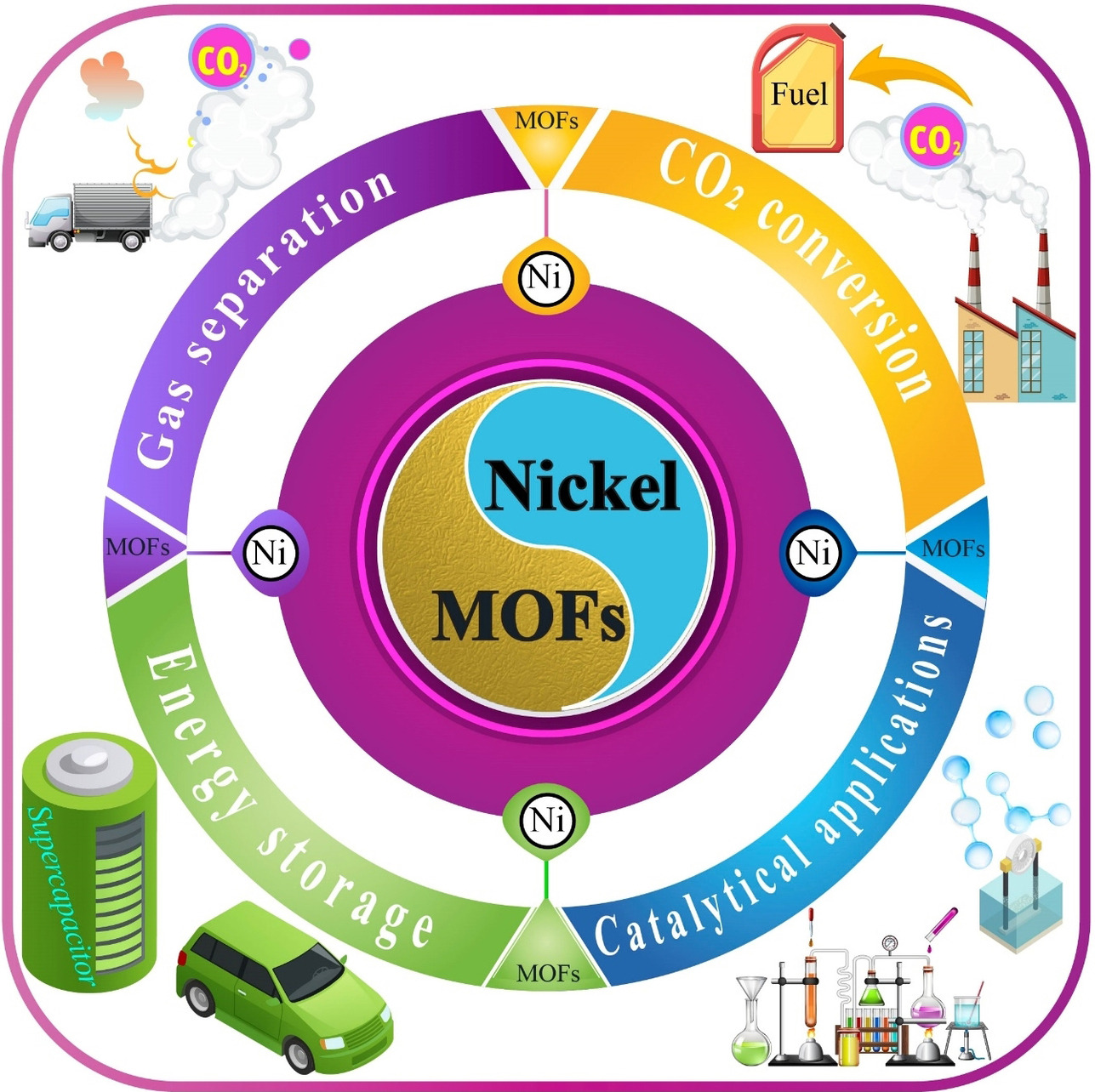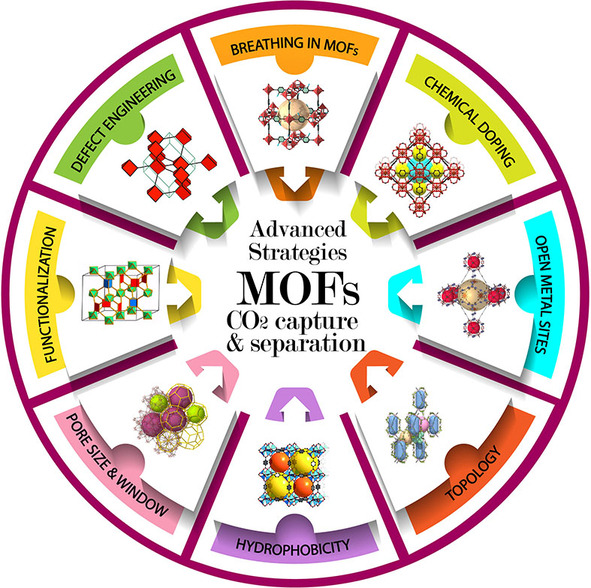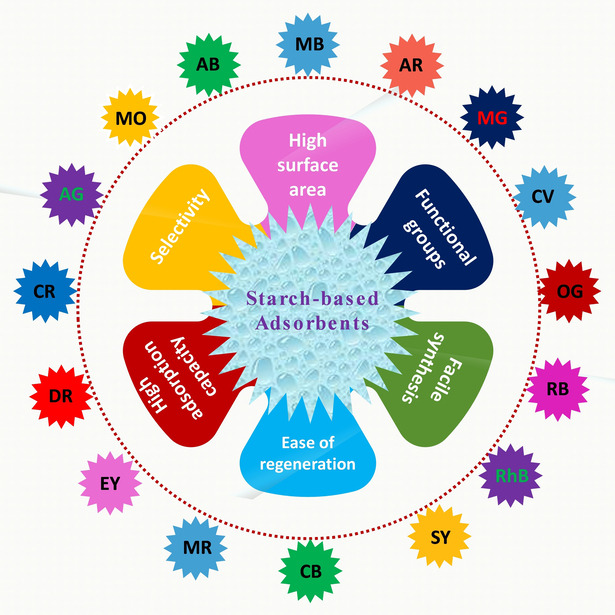Journal list menu
Export Citations
Download PDFs
Cover Pictures
Cover Picture: Polyolefin Catalyst Research: A Product-Driven Industrial Perspective (Chem. Rec. 7/2022)
- First Published: 25 July 2022
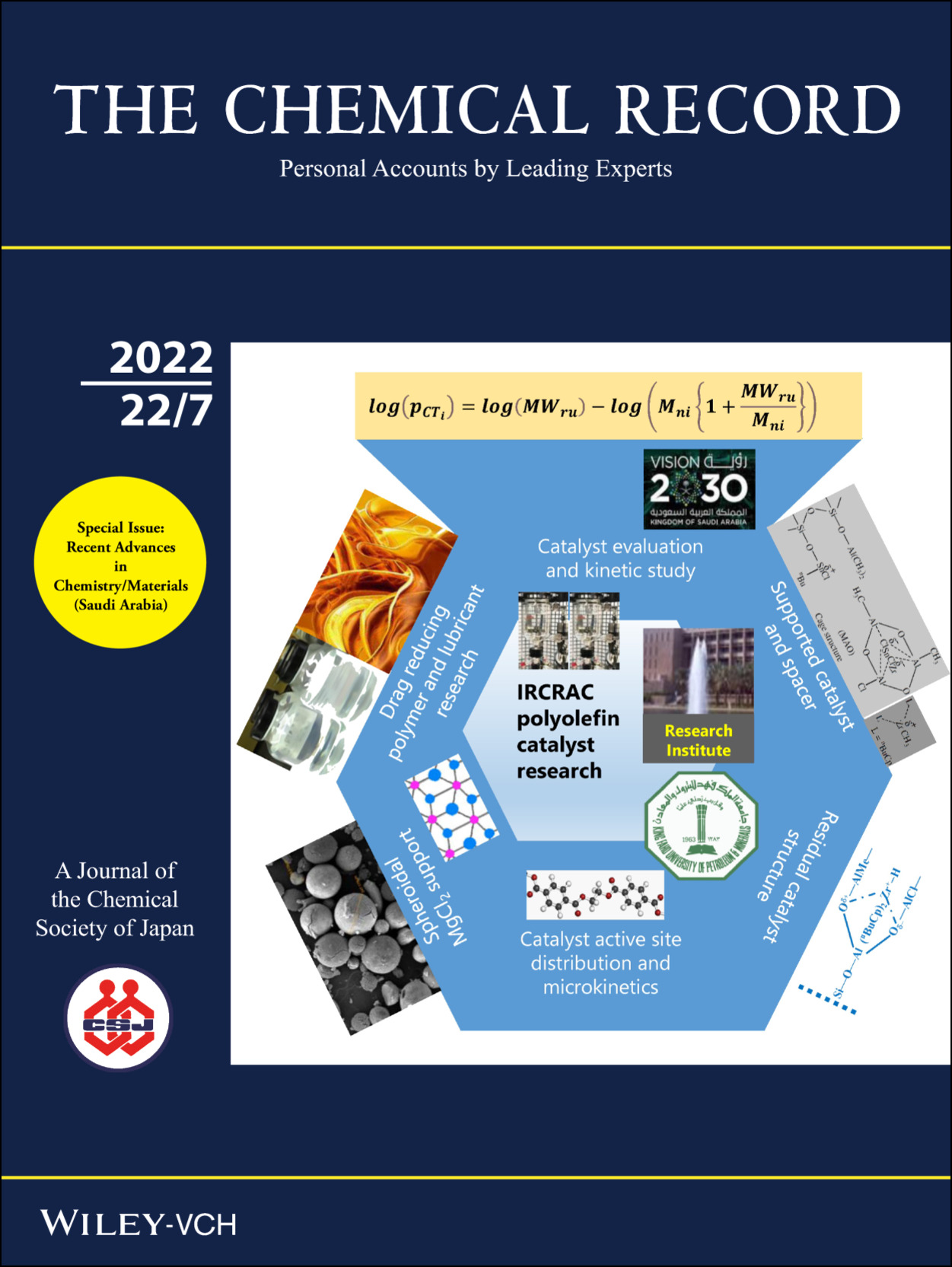
The Front Cover picture shows the growth of strategic polyolefin catalyst research since 1990 in the Interdisciplinary Research Center for Refining & Advanced Chemicals (IRCRAC) at the Research Institute of King Fahd University of Petroleum & Minerals, Dhahran, Saudi Arabia. Our vision is to transform Saudi Arabia into an international hub and leader of polyolefin education, research, training, manufacturing, application, and business. See the Personal Account by M. Atiqullah and H. S. Al-Asiri (DOI:10.1002/tcr.202100321).
Editorial
Recent Advances in Chemistry/Materials (Saudi Arabia)
- First Published: 08 July 2022
Personal Accounts
Polyolefin Catalyst Research: A Product-Driven Industrial Perspective
- First Published: 28 January 2022
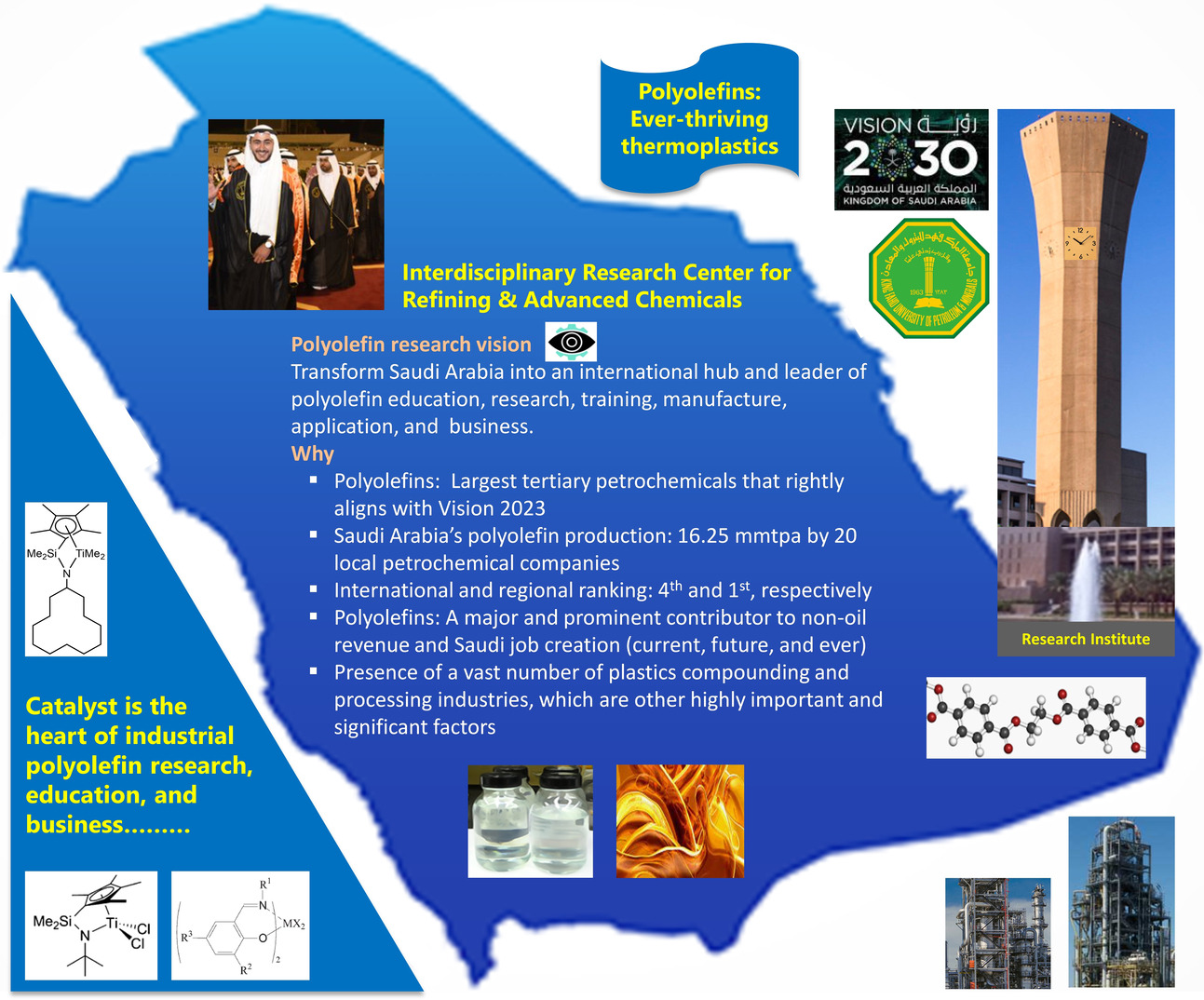
The Interdisciplinary Research Center for Refining & Advanced Chemicals (IRCRAC) at the Research Institute (RI) of King Fahd University of Petroleum & Minerals (KFUPM), Dhahran depicts its polyolefin (PO) catalyst research vision and path forward that match Saudi Arabia's Vision 2030. Polyolefins top the tertiary petrochemicals and make the country a global leader. Materialization and realization of this PO vision will immensely benefit Saudi Arabia in so many ways.
Recent Progress in Carbonaceous and Redox-Active Nanoarchitectures for Hybrid Supercapacitors: Performance Evaluation, Challenges, and Future Prospects
- First Published: 14 April 2022
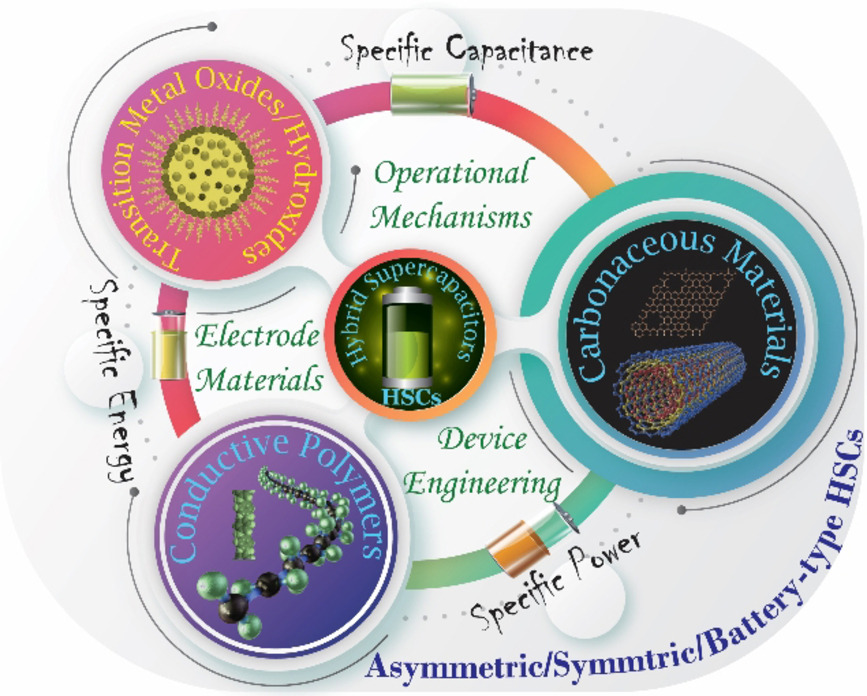
Hybrid supercapacitors (HSCs) are efficient electrochemical energy storage devices, typically developed with a high-rate capacitive electrode and high-capacity pseudocapacitor-type electrode and have attracted considerable research attention due to their potential applications in electric vehicles, smart electric grids, and even miniaturized electronic/optoelectronic devices. This review addresses the fundamental scientific principles, structures, and possible classifications of HSCs before reviewing recent advances on various carbonaceous and redox-active nanoarchitectures for HSCs.
Recent Advancements in Electrochemical Deposition of Metal-Based Electrode Materials for Electrochemical Supercapacitors
- First Published: 21 March 2022
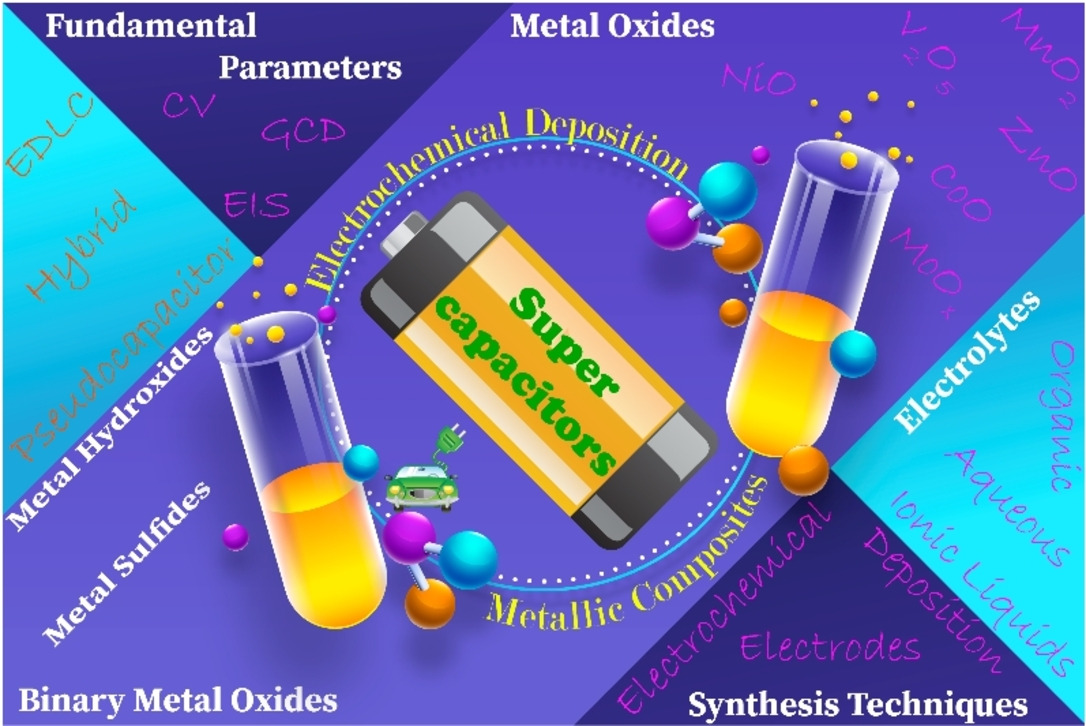
Electrochemically deposited metals/metal composites are considered efficient electrode materials for supercapacitors. This review aims to illustrate the electrode materials loaded on various conductive substrates by electrochemical deposition employed for supercapacitors to provide broad knowledge on synthetic pathways, which will pave the way for future research. We also discussed the basic parameters involved in supercapacitor studies and the advantages of the electrochemical deposition techniques through literature analysis.
Recent Advances in Carbon and Metal Based Supramolecular Technology for Supercapacitor Applications
- First Published: 14 April 2022
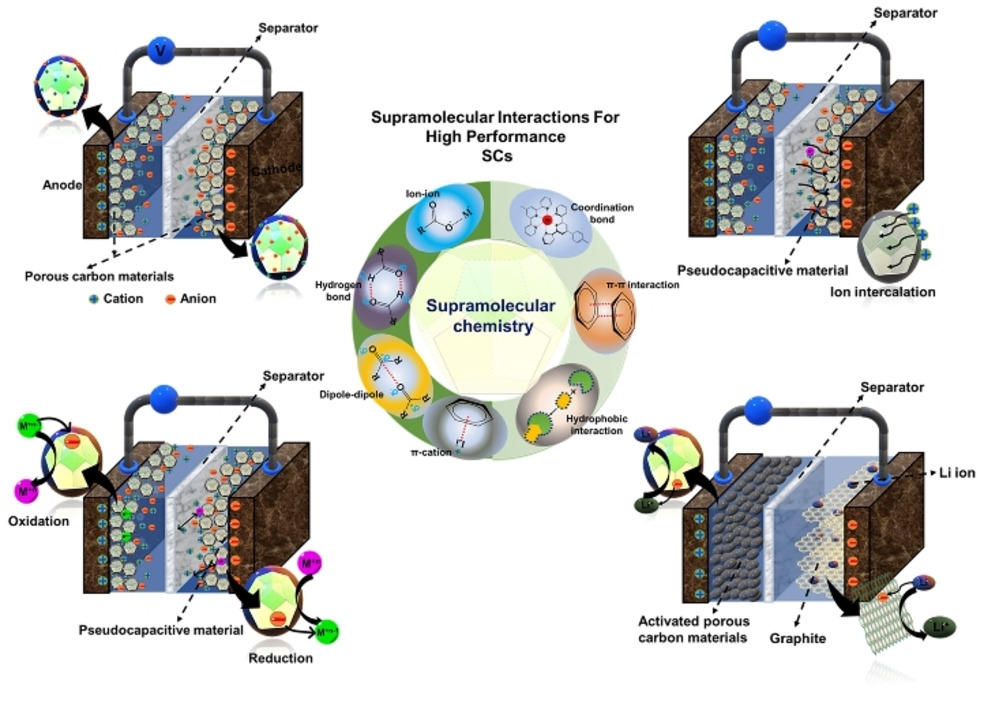
Supramolecules are complex chemical systems in which molecules interact through non-covalent bonding processes. Supramolecules are ideal candidates for use in supercapacitors due to their unique properties, such as the gel system possessing self-healing capabilities, high conductivity, and resistance to stress-induced deformation. This review discusses different types of supramolecules and the utilization of different supramolecular elements that enhance supercapacitor performance.
Recent Progress, Challenges, and Opportunities of Membrane Distillation for Heavy Metals Removal
- First Published: 08 March 2022
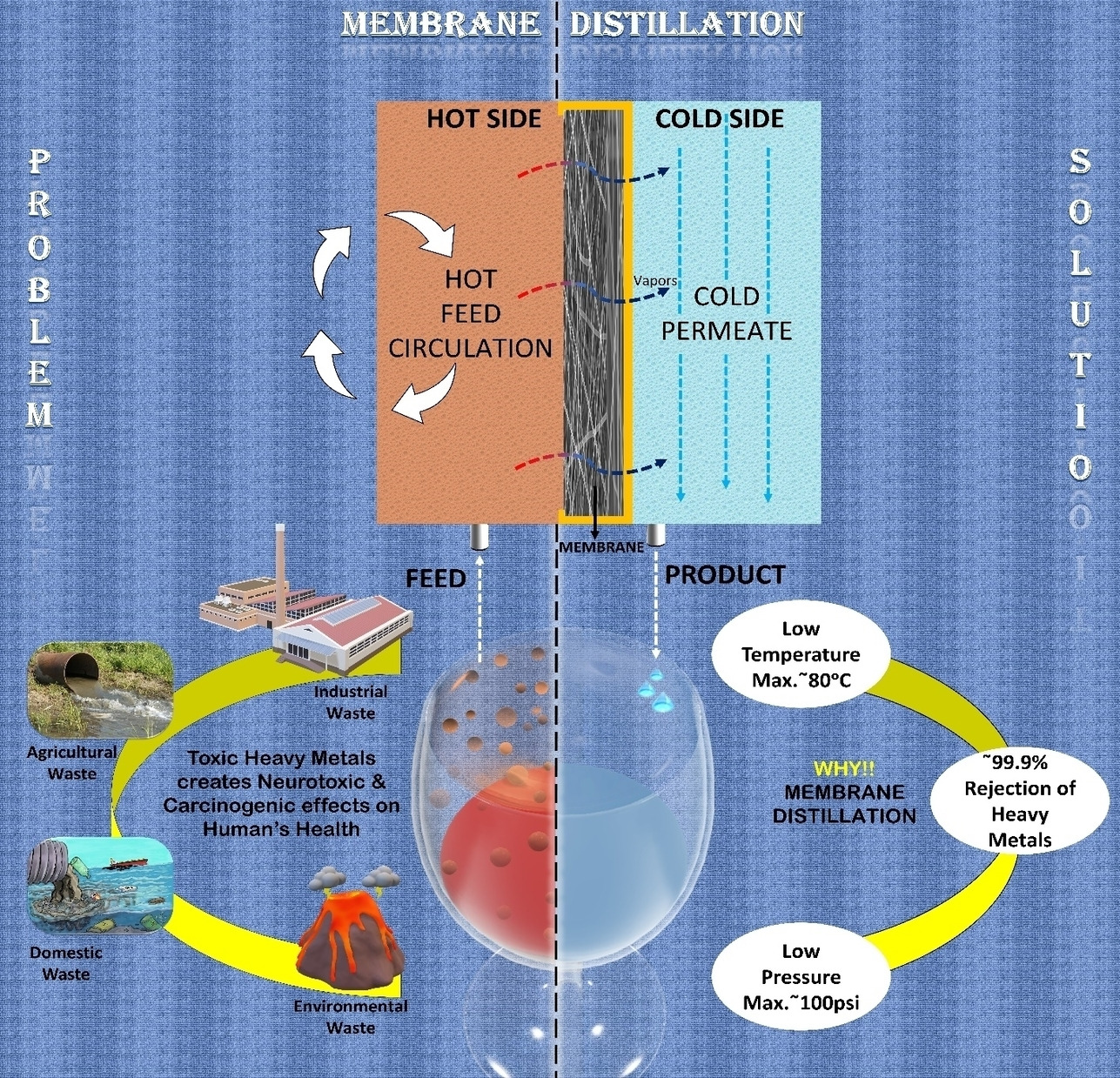
Several methods have been devoted to separating or removing heavy metals from wastewater. Among them, membrane distillation (MD) has become one of the most attractive approaches due to its higher rejection rate than processes driven by pressure and lower energy consumption than traditional distillation processes. MD has gained significant attention for removing heavy metals than other techniques like ion exchange and adsorption in the last two decades. This review provides insight knowledge to the reader and focuses on how heavy metals impact humans and the environment, sources of heavy metals, and their removal methods using the MD method.
Nanoscale Imaging of Interstitial-Dependent Optical Confinement through Near-Field Scanning Optical Microscopy
- First Published: 18 May 2022
Recent Advances in Processing and Applications of Heterobimetallic Oxide Thin Films by Aerosol-Assisted Chemical Vapor Deposition
- First Published: 03 December 2021
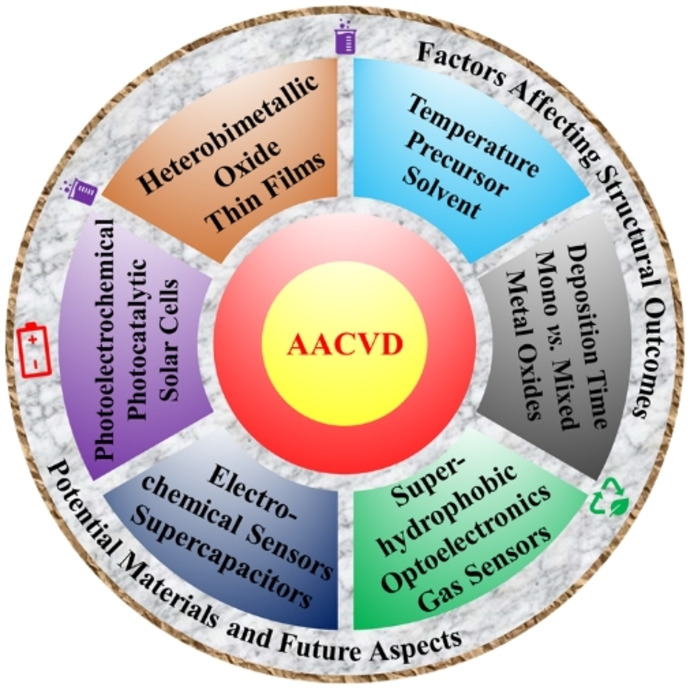
A brief overview of recent advancements in the processing and applying heterobimetallic oxide thin films produced by aerosol-aided chemical vapor deposition (AACVD) is presented. As a variant of conventional CVD, AACVD provides a flexible and cost-effective deposition approach and an alternative to chemical precursor supply and delivery difficulties of the CVD process. This review paper summarizes the AACVD factors affecting the structural outcomes, processing concepts, applications, and research and development prospects in this field.
Metal-Organic Frameworks Derived Electrocatalysts for Oxygen and Carbon Dioxide Reduction Reaction
- First Published: 04 February 2022
Recent Development in Metallic Nanoparticles for Breast Cancer Therapy and Diagnosis
- First Published: 10 February 2022
Nanostructured Carbons: Towards Soft-Bioelectronics, Biosensing and Theraputic Applications
- First Published: 21 February 2022
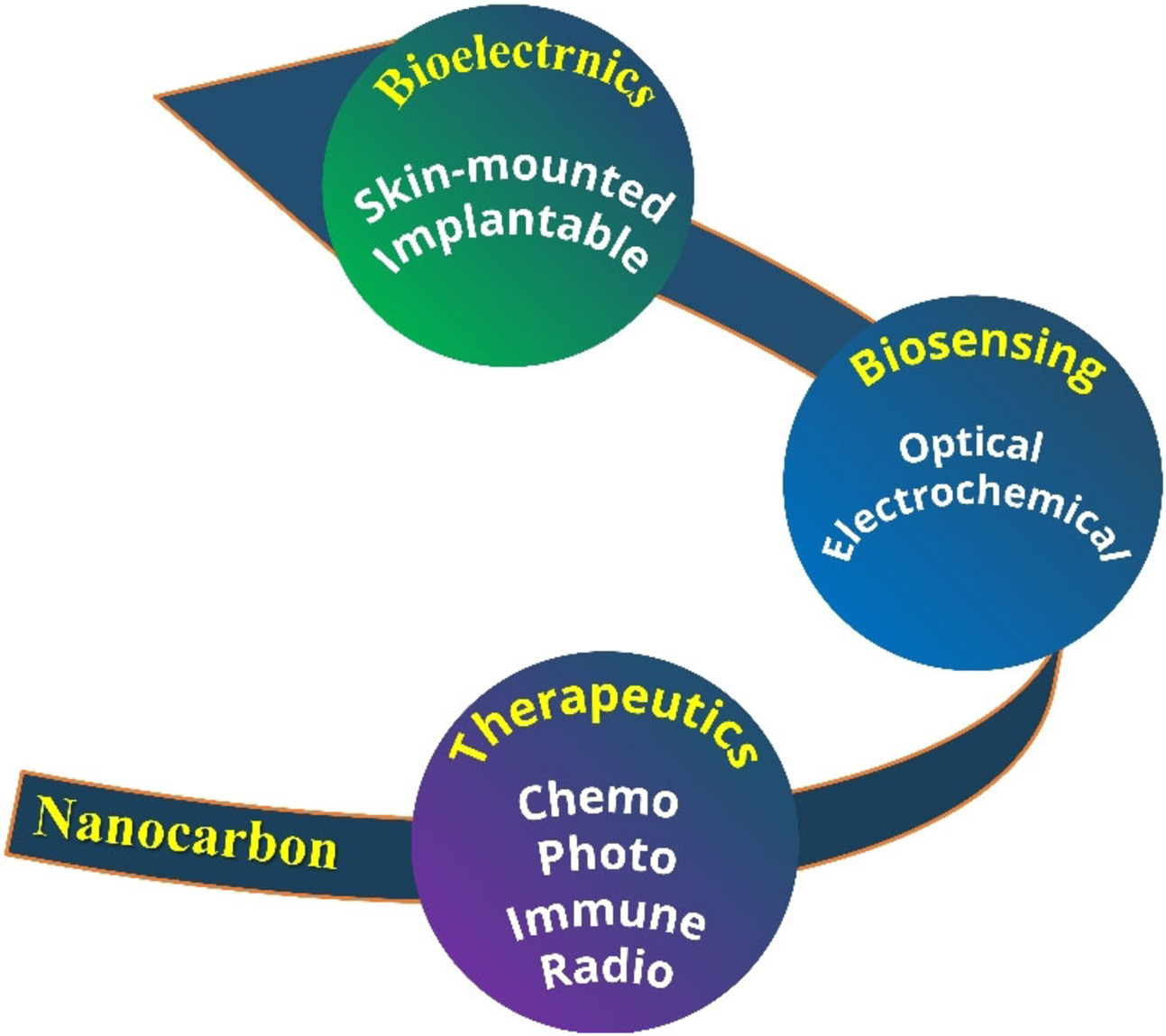
In the fields of soft bioelectronics, biosensing and therapeutics, great advances have been achieved by implementing nanocarbon materials either as a carrier or building blocks for device fabrications. This review summarizes the recent advancement of two mostly explored nanocarbons i.e., graphene and carbon nanotubes (CNTs) in these fields, realizing their mechanisms, functions in the device design and performance in the aforementioned areas. The review also highlights the challenges involved in these fields and look forward envisioning emerging prospects of nanocarbons in soft-bioelectronics and biosensing.
Recent Advancement of the Current Aspects of g-C3N4 for its Photocatalytic Applications in Sustainable Energy System
- First Published: 09 February 2022
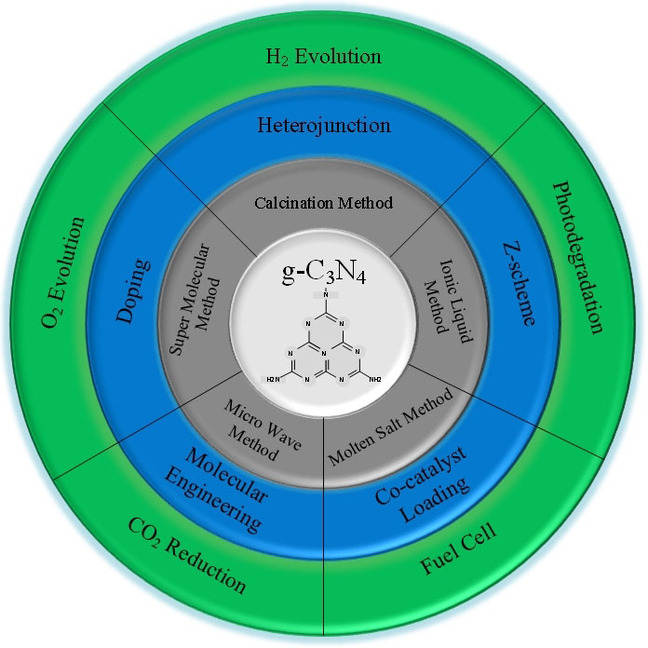
This review emphasized the composition and characteristics of recent development on g-C3N4 based materials. Various fabrication methodologies for g-C3N4 and g-C3N4-based materials were focused and evaluated in this report. Methods for enhancing the photocatalytic performance of g-C3N4 based materials. Most important aspects were extensively explored.
Recent Advances in Synthesis and Applications of Single-Atom Catalysts for Rechargeable Batteries
- First Published: 18 December 2021

By considering the importance of single-atom catalysts (SACs), this article discussed the recent methods for the fabrication of SACs and their utilization for the energy devices such as metal-air batteries, metal-CO2 batteries, and metal-sulfur batteries. The role of SACs is critically analyzed to solve the bottle-neck problems of these energy storage devices with future perspectives.
Noble Metal-Decorated Nanostructured Zinc Oxide: Strategies to Advance Chemiresistive Hydrogen Gas Sensing
- First Published: 14 June 2022
Reviews
Advances in Graphene/Inorganic Nanoparticle Composites for Catalytic Applications
- First Published: 01 February 2022
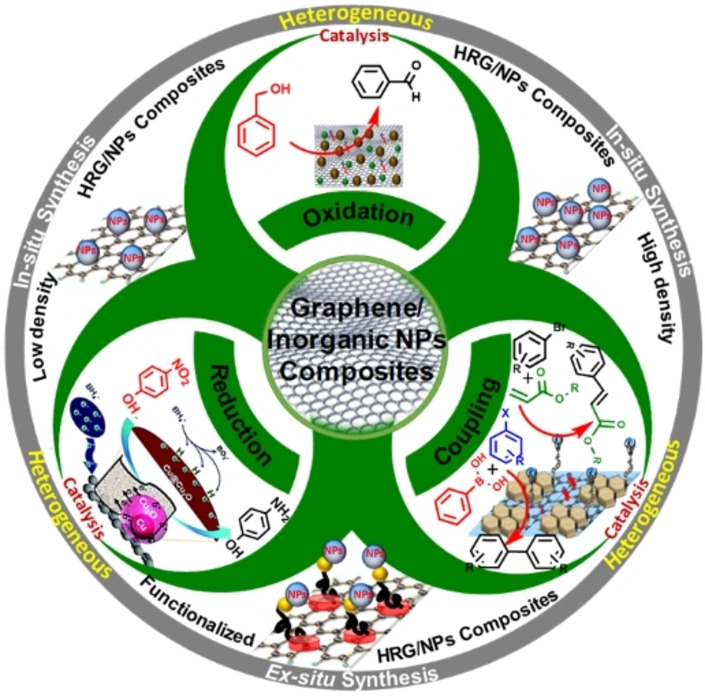
A combination of graphene with inorganic NPs offers enhanced properties for different catalytic applications. This review showcase strategies to synthesize graphene/inorganic NPs nanocomposites on different scales. In addition, the factors contributing in increased efficiencies for their catalytic applcations are highlited.
Strategies to Enhance ZnO Photocatalyst's Performance for Water Treatment: A Comprehensive Review
- First Published: 04 February 2022

This review presents various strategies used to enhance ZnO photocatalyst's performance for water treatment. It summarizes the efforts made to improve the photocatalytic activity of pristine ZnO through tuning its morphology, surface area, exposed face, and intrinsic defects. The review also explains the effect of doping, defects, and how the Z-scheme approach succeed to address the redox weakened issue of heterojunction approach.
Recent Progress in Microfiltration/Ultrafiltration Membranes for Separation of Oil and Water Emulsions
- First Published: 21 February 2022
A Review on Biodegradable Packaging Films from Vegetative and Food Waste
- First Published: 07 March 2022
Recent Trends and Future Perspectives of Emergent Analytical Techniques for Mercury Sensing in Aquatic Environments
- First Published: 07 March 2022
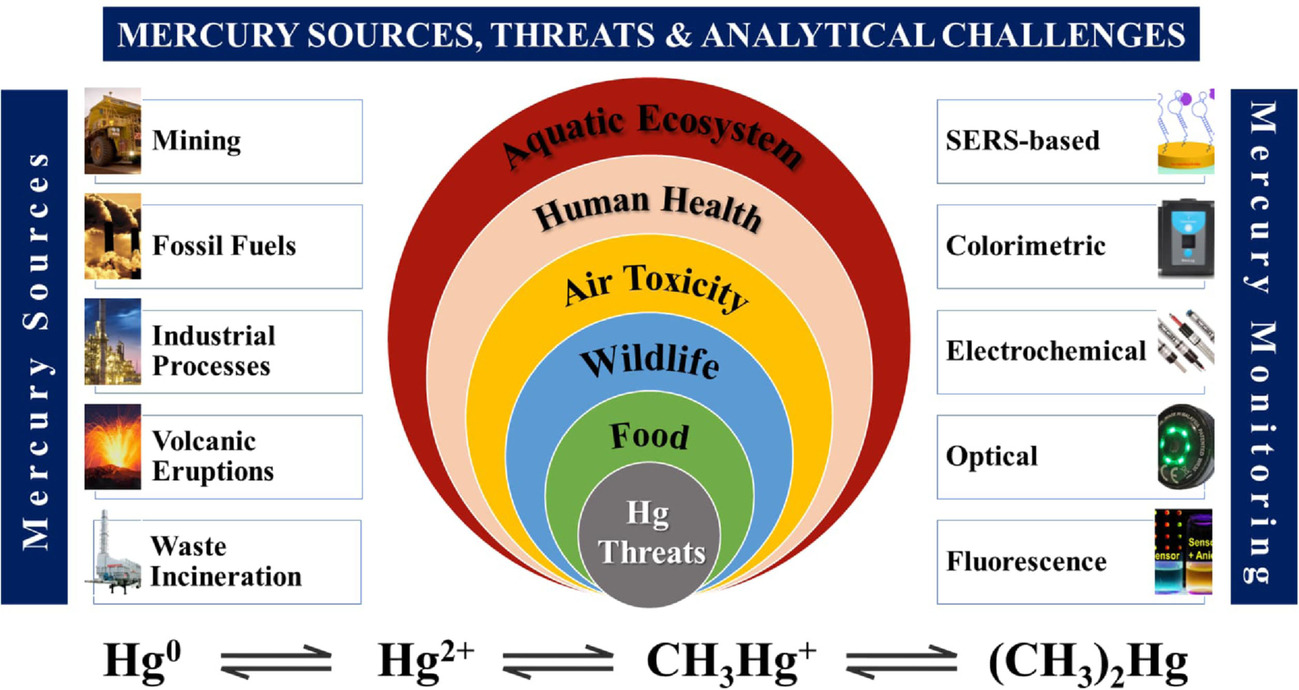
In this review, we presented global mercury emission, threat to ecosystem, methylation process, and analytical challenges for mercury sensing. It summarizes the recent progress in colorimetric-, electrochemical-, fluorescence-, and SERS-based sensors for mercury detection in aqueous environments. The performance of these sensors has been compared and future perspectives on the selective detection of organomercury species have been provided
Single Atom Catalysts: An Overview of the Coordination and Interactions with Metallic Supports
- First Published: 08 March 2022
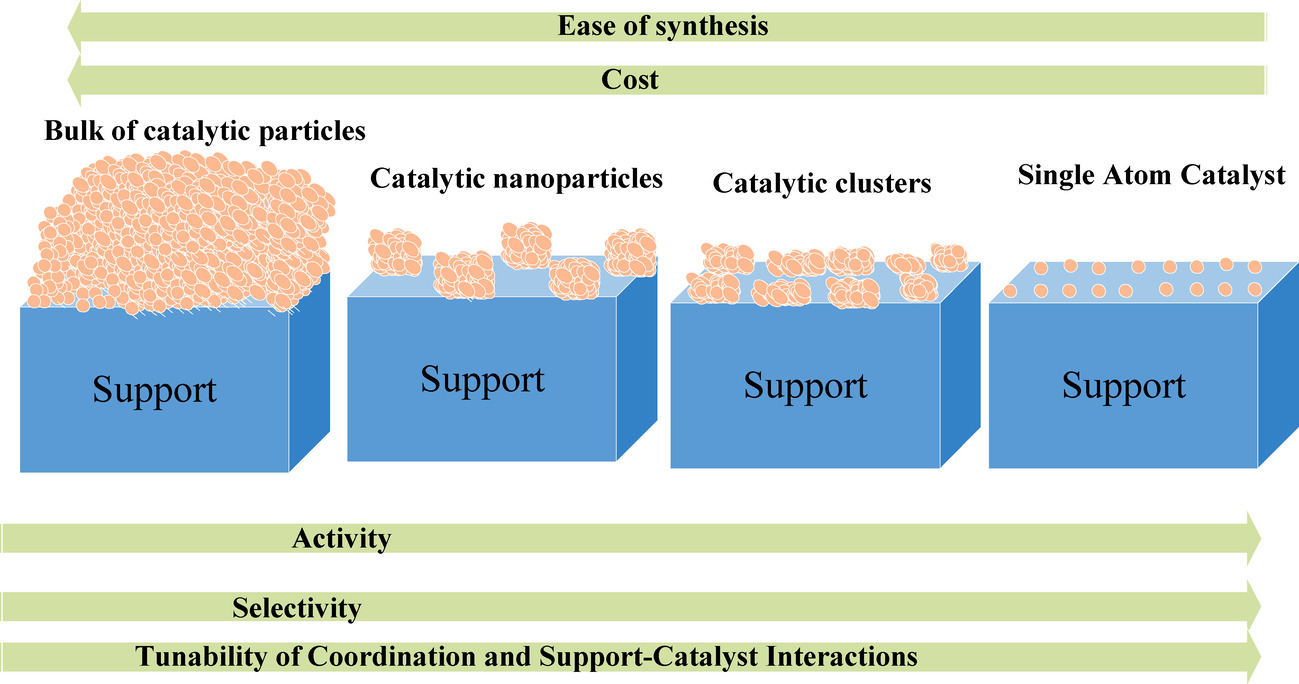
Single atom catalysts (SACs) have the potential to revolutionize the field of heterogeneous catalysis. The use of a single atomic layer of the active catalyst phase brings a huge saving in catalyst cost. Additionally, activity and selectivity are significantly improved with down-sizing the catalytic particles to an atomic level. With a single atomic layer of the active catalytic phase, coordination of the single atoms and their interactions with supports can be tuned in a way to improve catalytic performance. Thus, coordination and support-SACs interactions are the focus of this review.
Evaluating the Capacitive Response in Metal Halide Perovskite Solar Cells
- First Published: 23 February 2022
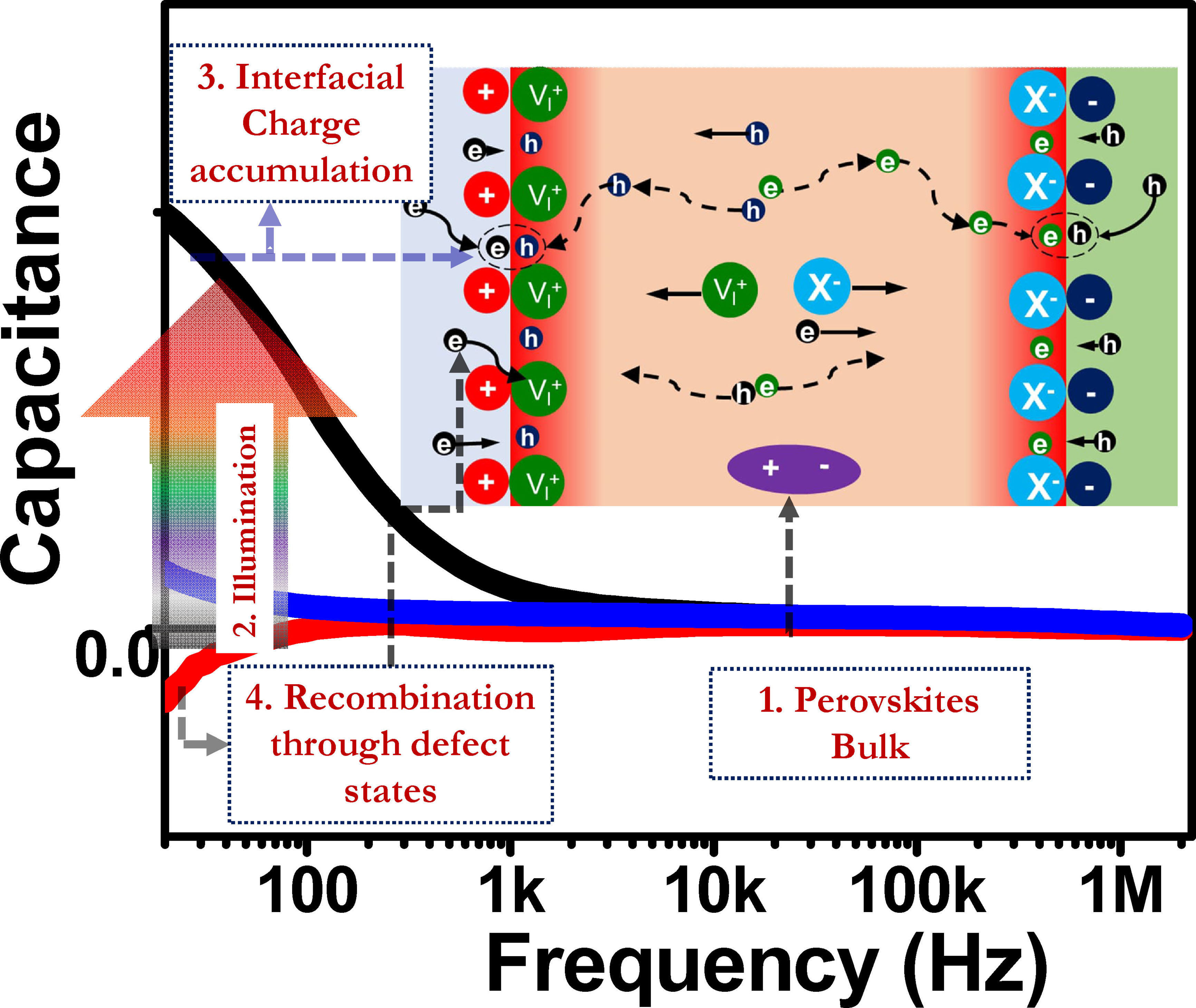
The capacitance of a perovskite solar cell varies with frequency, illumination intensity, device temperature, applied bias, as well as the perovskites/charge selective contact interface. The stable plateau at intermediate frequency is assigned to the geometrical capacitance of the perovskites layer, whereas a giant photoinduced capacitance at low frequency is ascribed to the charge accumulation at perovskites/selective contact interface. The accumulated interfacial charge delays the response to the external bias and amends the interfacial barrier height, consequently impacting the charge carrier kinetics in perovskites solar cells.
Photocatalytic Water-Splitting by Organic Conjugated Polymers: Opportunities and Challenges
- First Published: 08 March 2022
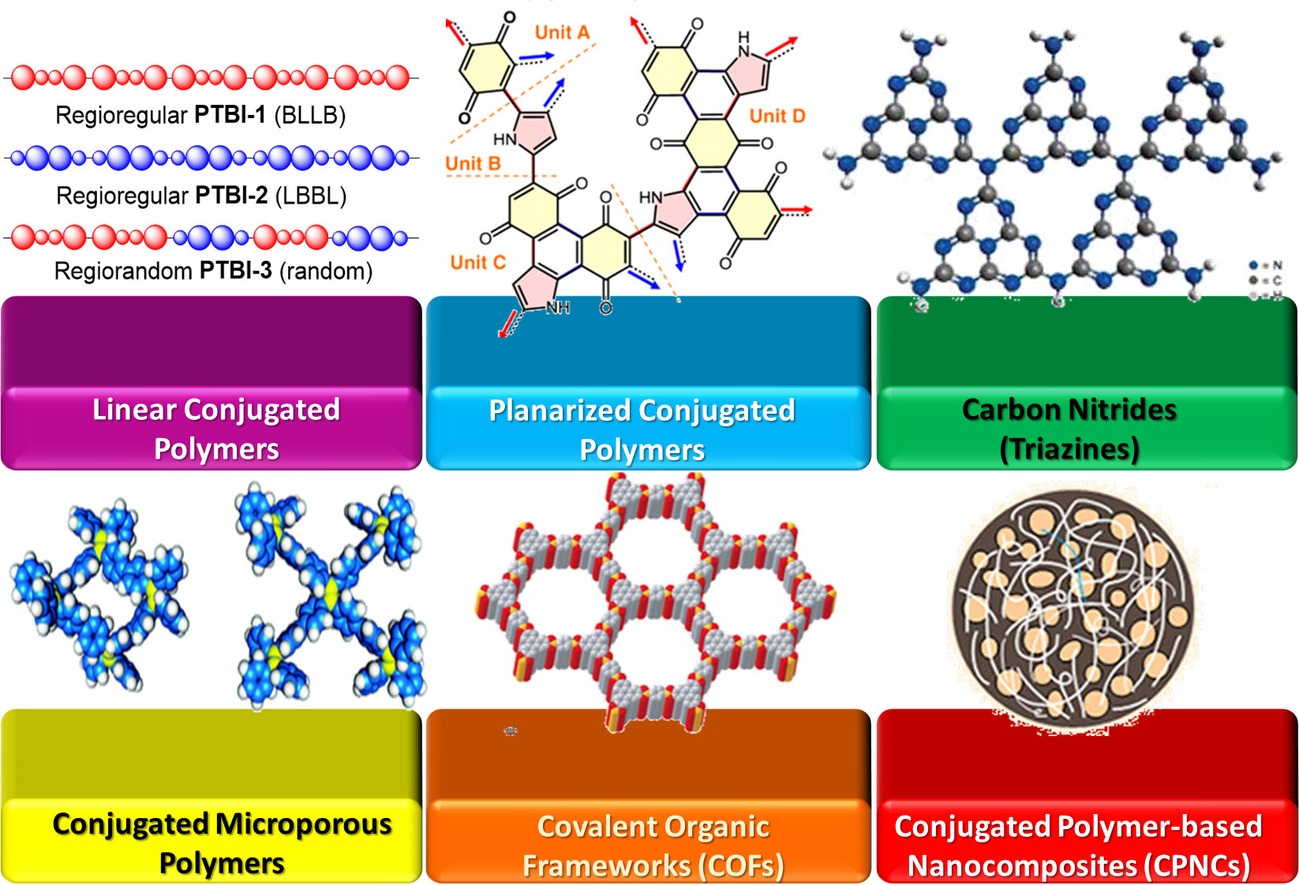
This review article summarizes the recent advancements made in visible-light-driven water splitting covering the aspects of synthetic strategies and experimental parameters employed for water splitting reactions with special emphasis on conjugated polymers such as linear CPs, planarized CPs, graphitic carbon nitride (g-C3N4), conjugated microporous polymers (CMPs), covalent organic frameworks (COFs), and conjugated polymer-based nanocomposites (CPNCs).
Liquid Phase Oxidation of Hydrocarbons to High-Value Chemicals in Microfluidic Reactors – Prospects and Challenges
- First Published: 03 May 2022
Recent Advances in Bimetallic Catalysts for Hydrogen Production from Ammonia
- First Published: 27 April 2022
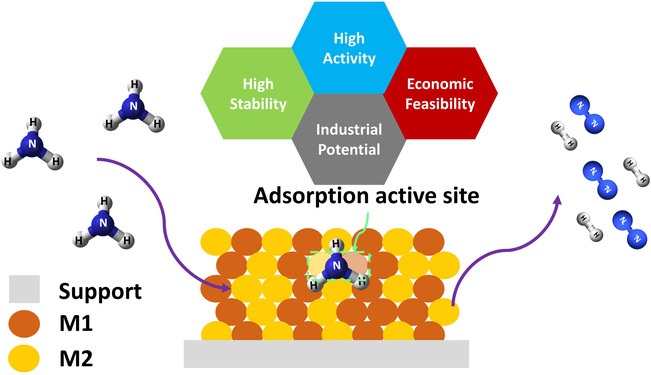
Utilizing blue ammonia to generate carbon-neutral power has received global attention after Saudi Arabia's first shipment to Japan to boost hydrogen energy future prospects. Ammonia decomposition requires catalyst with high activity, stability, economic viability and potential for scale-up applications. Recent developments in bimetallic catalysts for ammonia decomposition have shown the metal-metal alloy can offer an efficient alternative to existing catalysts system.
A Review on SAPO-34 Zeolite Materials for CO2 Capture and Conversion
- First Published: 26 April 2022
Recent Updates on Supramolecular-Based Drug Delivery – Macrocycles and Supramolecular Gels
- First Published: 05 May 2022
Optical Chemical Sensing of Iodide Ions: A Comprehensive Review for the Synthetic Strategies of Iodide Sensing Probes, Challenges, and Future Aspects
- First Published: 17 May 2022
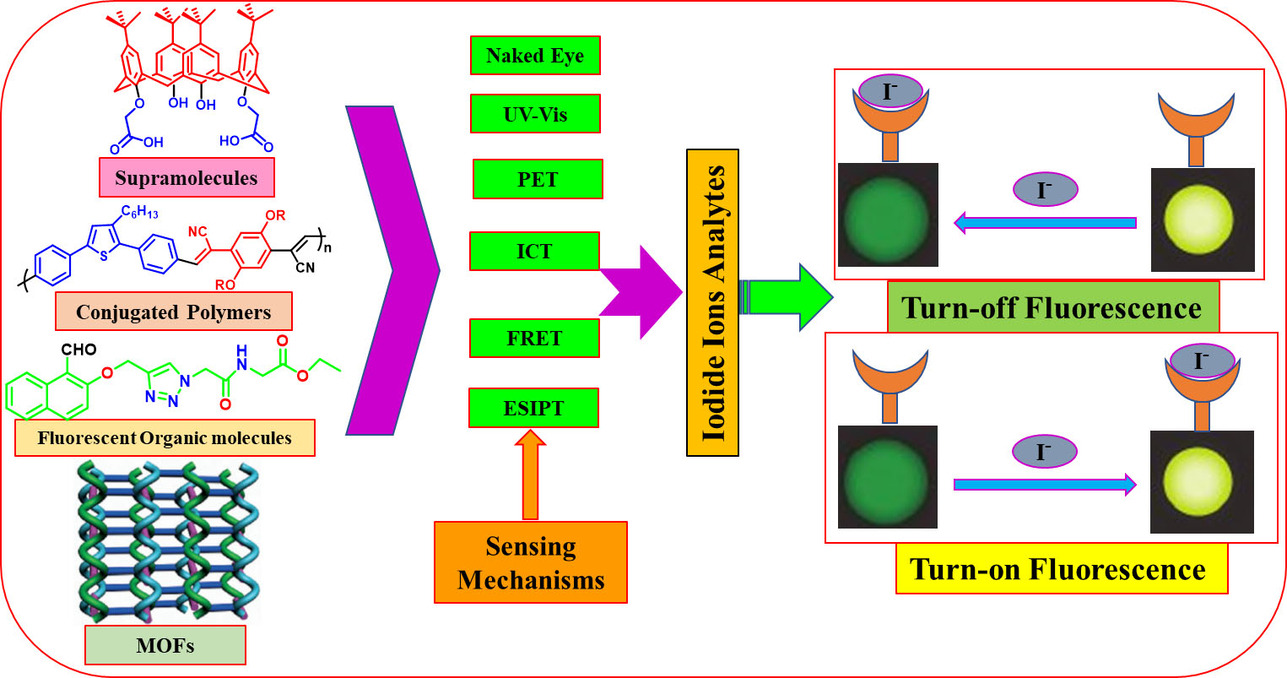
The distinctive aim of this manuscript is to comprehensively review the development of optical chemical sensors for iodide ions sensing, their design and synthetic strategies to avoid limitations concerning its large size and high polarizability, and challenges in real samples as well as probable future aspects.
Recent Advances in Anode Electrocatalysts for Direct Formic Acid Fuel Cells – Part I – Fundamentals and Pd Based Catalysts
- First Published: 22 June 2022
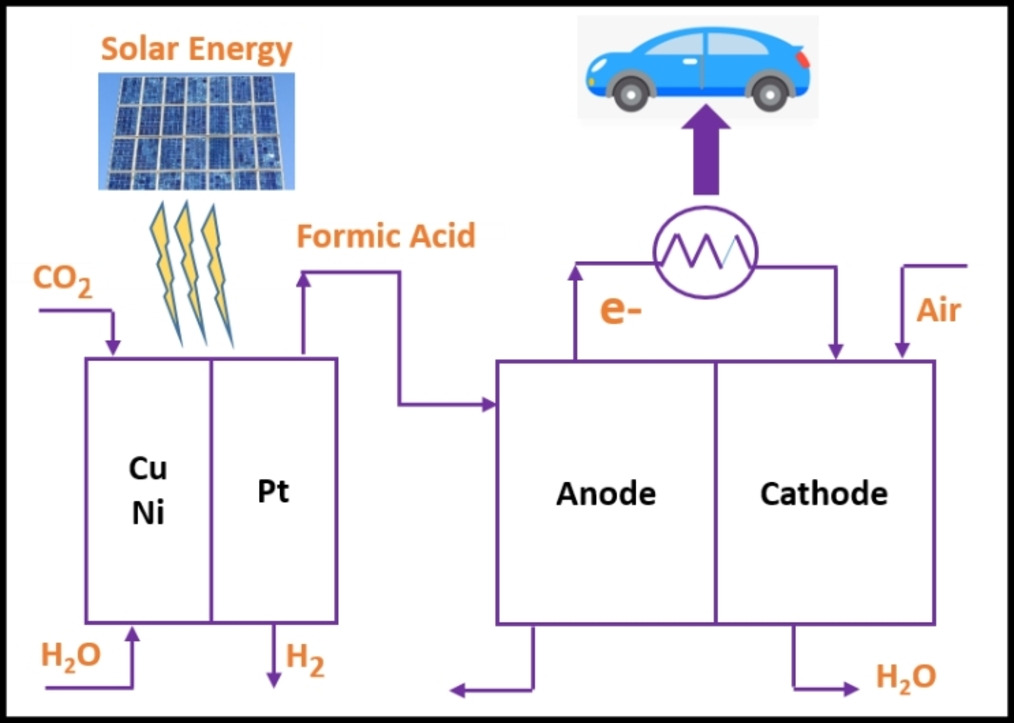
Formic acid fuel cell is unique because it can be coupled with electrochemical reduction of carbon dioxide to achieve a carbon neutral energy source. Formic acid oxidation takes place over the palladium based anode catalysts. In this review, the recent advances in palladium-based anode electrocatalysts for formic acid oxidation have been discussed.
Potential Applications of Nickel-Based Metal-Organic Frameworks and their Derivatives
- First Published: 13 June 2022
Record Reviews
Advanced Strategies in Metal-Organic Frameworks for CO2 Capture and Separation
- First Published: 10 November 2021
Reviews
Recent Developments in the Removal of Dyes from Water by Starch-Based Adsorbents
- First Published: 01 February 2022




